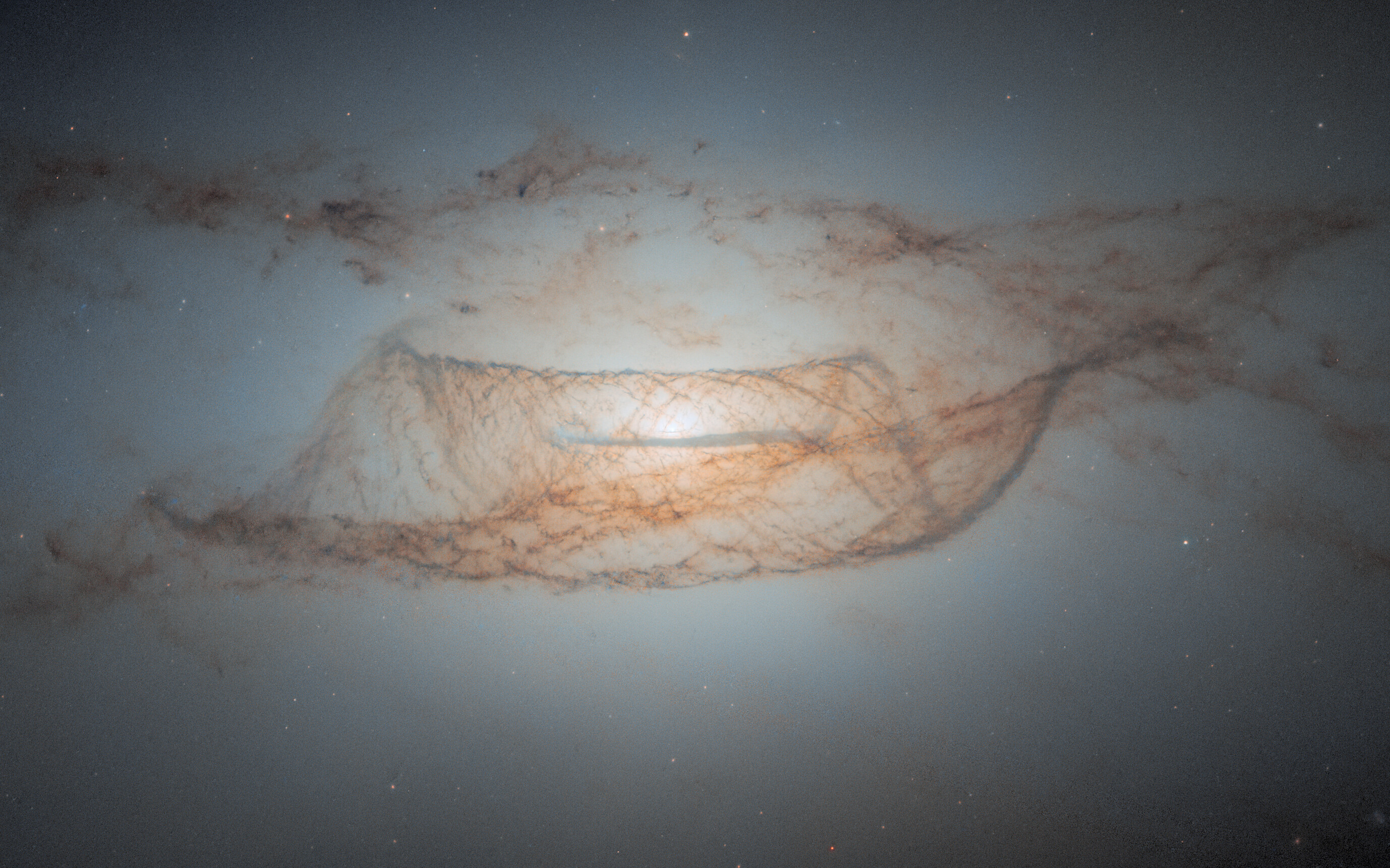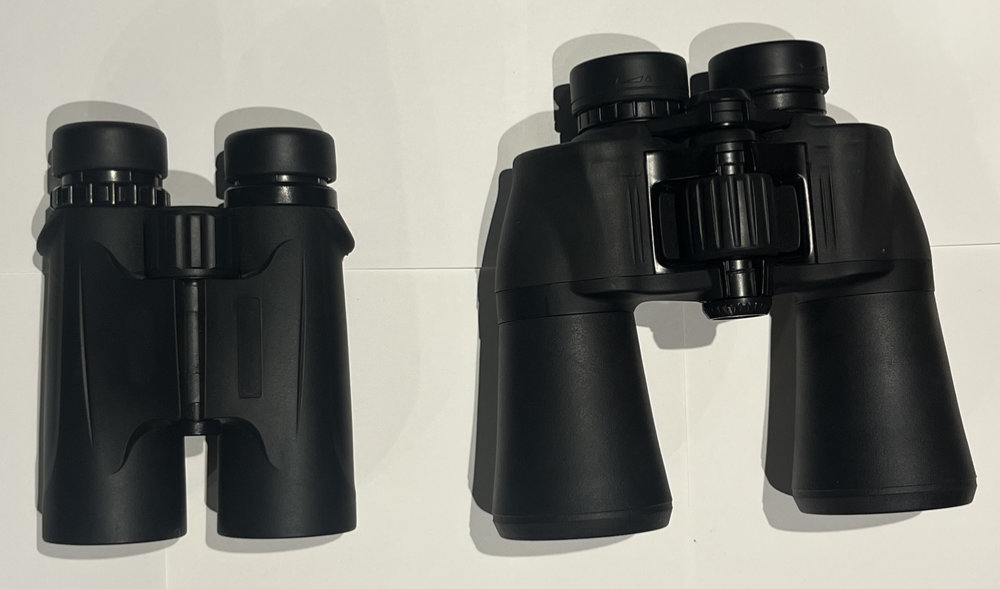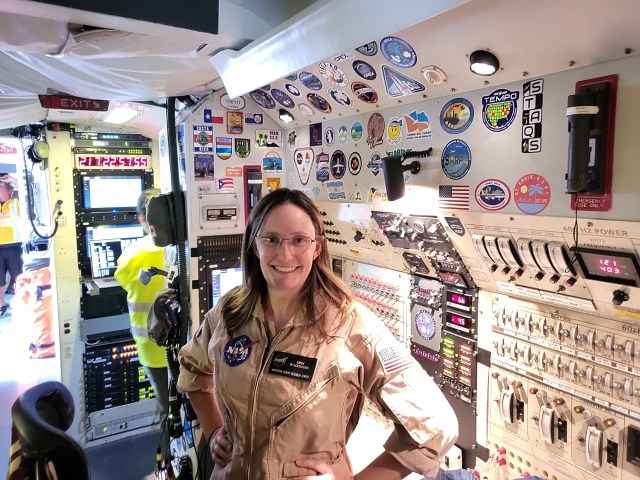Kyle Doyle
Cornell University
Current spacecraft docking relies on active movement (e.g. thrusters) to close the gap between participants, and to separate them when undocking. I intend to develop a universal, passive docking system using articulated permanent magnets to produce variable magnetic fields. By manipulating the configuration of permanent magnets, the net field at a point far away from the array can be altered. This allows spacecraft to approach each other by far-field magnetic attraction, with a guaranteed limit on potential energy so as to minimize the risk of collision.
I intend to progress to TRL 3 or higher under this fellowship through these three objectives:
- I intend to characterize the effect magnetic field manipulation has on collisions between parent systems. My investigation will begin with the special case of two objects approaching each other on a frictionless plane. I will conduct experiments such as tracking permanent magnets approaching each other on an air table. After investigating the case of static magnetic fields, I will create test platforms to produce variable fields during their approach. These robots can be constructed with simple permanent magnets and other off-the-shelf parts.
- Next I will select sensors so that the robots can characterize the state of their approach. These will be proven, high-TRL solutions, integrated with my low-TRL work to create a proof-of-concept suitable for testing in a laboratory environment. By closing the loop around the system, I will make it possible to design a control algorithm to adjust the configuration of the magnets to facilitate attraction or repulsion as needed to produce docking behavior.
- Ultimately, I intend to demonstrate the two robots approaching and coupling with each other and targets. By modulating the arrays of one or more units I will make sure they approach each other correctly. The robots should be able to establish a grapple on command, coupling with similar sized targets or visiting arbitrary points on larger ones. This will require access to sizable frictionless facilities such as those available at Johnson and other NASA research centers.
This project is highly relevant to TA4.6, which includes development of docking systems applicable to a wide range of missions. My work will provide a fail-safe method of facilitating autonomous interactivity at all scales. It is low TRL because no proof-of-concept yet exists although the physics of magnetism are well understood. Therefore I believe this work is well suited to the NSTRF solicitation for low TRL technology development, relevant to the Space Technology Roadmaps. It is relevant to NASA interests in general because of the alternative it offers to traditional docking mechanisms.
With permanent magnets, attraction or repulsion can be maintained with power only needed for adjustments instead of continuously to generate the field. This solution provides the versatility of electromagnets with the power benefits of permanent magnets. It also simplifies the docking process by sharing a single hardware package for maneuvering during approach and securing the connection. Another major benefit is that targets do not need to be cooperative or even compliant with capture attempts. This enables a variety of future mission capability in Earth orbit and beyond.





























